A head-to-head speed comparison will indicate that PCIe is the obvious winner. With the current trending PCIe generation v4.0, you can get a throughput rate (speed) of about 2 GB/s on an x1 slot and about 32 GB/s on an x16 slot. Compared to this, the current SATA v3 only offers a max of 0.75 GB/s (6 Gigabits per second).
However, the intended purpose of the two standards is quite different. The PCIe standard offers high-speed transmission lanes with large data throughput rates. It’s used by high-speed devices that generate a lot of data for this reason.
On the other hand, the SATA interface is used for devices with low bandwidth requirements, such as Hard Disk Drives, SATA SSDs, and CD Drives.
So the simple answer to the question: “Which is faster, PCIe or SATA?” is PCIe, obviously. However, both standards are the fundamental interfaces through which you add components to your PC, and depending on your intent to build, one interface may be more important.
For instance, if you are building a gaming PC or a simulation workstation, PCIe slots that can house high-speed devices would be instrumental.
On the other hand, if you are building a NAS system, you may find the availability of a high number of SATA ports more important.
TABLE OF CONTENTS
Which is Faster, PCIe or SATA?
As mentioned earlier, there is no comparison between PCIe and SATA if you are talking about raw speeds. PCIe is multiple folds faster than the SATA interface.
Let us make a simple comparison here.
SATA Speeds
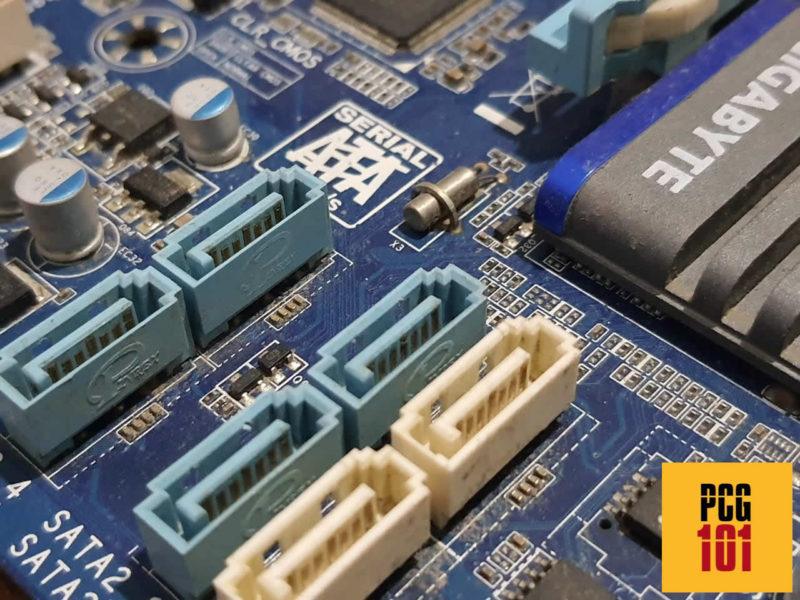
The following are the speeds of the SATA interface. The current generation of SATA is 3.
- SATA 1: 1.5 Gbps or 0.1875 GB/s
- SATA 2: 3.0 Gbps or 0.375 GB/s
- SATA 3: 6.0 Gbps or 0.750 GB/s
Two things to note here: First, Gigabits per second (aka Gbps or Gb/s) is NOT the same as Giga Bytes per second (aka GB/s). There are 8 bits in a byte.
The other thing to note is that these numbers are the theoretical maximum speeds of the standard. The connected device often does not saturate even this.
Connected devices often operate at much lower speeds than theoretical max speeds. For instance, a SATA 3 SSD operates at a nominal speed of about 0.560 GB/s, NOT 0.750 GB/s
PCIe Speeds
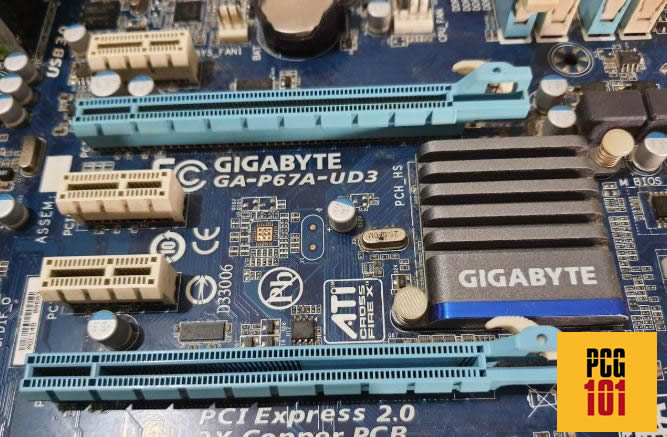
The speed of a PCIe slot depends upon how many PCIe lanes it has and what its version is. There are four types of PCIe slots:
- x1: has a single PCIe lane
- x4: has four PCIe lanes
- x8: has eight PCIe lanes
- x16: Largest and has 16 PCIe lanes.
The following table summarizes the PCIe speeds for different versions and lane counts. Note that the most current generation that has picked up steam in the market is V4.0. V5.0 and V6.0 are currently not available.
| Version | x1 (GB/s) | x2 (GB/s) | x4 (GB/s) | x8 (GB/s) | x16 (GB/s) |
|---|---|---|---|---|---|
| 1.0 | 0.250 | 0.500 | 1.000 | 2.000 | 4.000 |
| 2.0 | 0.500 | 1.000 | 2.000 | 4.000 | 8.000 |
| 3.0 | 0.985 | 1.969 | 3.938 | 7.877 | 15.754 |
| 4.0 | 1.969 | 3.938 | 7.877 | 15.754 | 31.508 |
| 5.0 | 3.938 | 7.877 | 15.754 | 31.508 | 63.015 |
| 6.0 | 7.877 | 15.754 | 31.508 | 63.015 | 126.031 |
Hence, you can see that even the smallest x1 slot with a single PCIe lane on version 3.0 and v4.0 standards is faster than the SATA 3 interface. However, as mentioned earlier, they both serve different purposes.
Also Read:
What is SATA, and What is it Used For?
Serial ATA (SATA) is a standard that has been around for decades and is very commonly used for mass storage devices and optical drives.
It serves as the primary interface for three popular devices for both laptops and desktops:
1. Hard Disk Drives
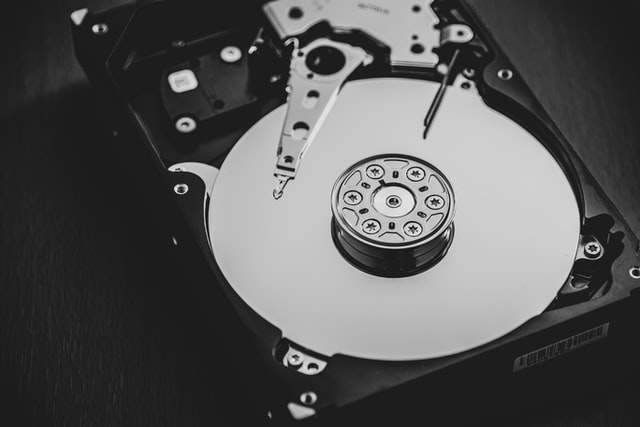
Perhaps the most important use of the SATA port is connecting hard disk drives (HDD).
Almost all computers’ spinning hard disk drives use the SATA 3 interface.
A good 7200 RPM hard disk drive has a max transfer speed of about 200 MB/s. Hence, the SATA 3 interface with its 750 MB/s transfer speed cap is more than sufficient for even the best spinning hard drives!
2. SATA SSDs
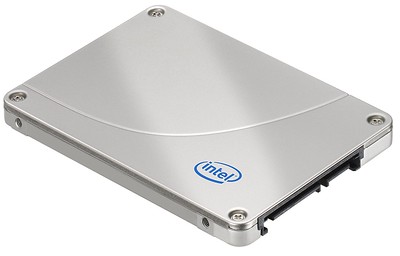
Another storage device that the SATA interface connects to is an SSD – but only a particular type of SSD.
SATA SSDs are much slower than the NVMe SSDs, which use the PCIe interface.
The benefit of SATA SSDs is that they are relatively cheaper than NVMe SSDs and are much easier to connect to your PC.
To explain this further, a PC has many SATA ports to which you can connect a SATA SSD, but only a very limited amount of M.2 slots are required for PCIe NVMe SSDs.
A SATA 3 SSD has a max transfer speed of about 560 MB/s, 2-3 times faster than an average hard disk drive.
However, compared to a PCIe SSD, it is no way close. A v3.0 PCIe SSD can reach up to 3500 MB/s (Samsung 970 EVO). A V4.0 PCIe SSD can reach up to 7000 MB/s (Samsung 980 Pro)!
Again, PCIe SSDs require specialized M.2 slots, and most PCs come with one or two slots.

3. CD/DVD/Blu-Ray Drives
CD/DVD drives, aka optical drives, also use the SATA interface for connectivity.
CD and DVD drives are notoriously slow, with the fast 24x DVD drives having speeds of 32 MB/s only and the fastest 16x Blu Ray Drives having a data rate of 72 MB/s.
Hence, they are far slower than the maximum data rate cap of the SATA 3 interface, i.e., 750MB/s
Also Read:
- Does it Matter Which SATA Port You Use?
- How Many SATA Ports Do I Have?
- How to Add More SATA Ports to Motherboard?
What is PCIe, and What is it Used For?
Peripheral Component Interconnect Express (PCIe) uses PCIe lanes to offer a high-speed connection between the cards installed in PCIe slots and the chipset.
Much like SATA, the technology has been developed to improve its speed with each new version. Like SATA, the PCIe interface doubles its speed per lane with each new iteration.
It is crucial to highlight here that the number of PCIe lanes a system has is limited; thus, you cannot connect unlimited devices to your PC!
A typical PC has about 20-24 PCIe lanes to put devices into.
Also Read: How Many PCIe Lanes Do I Have?
What is PCIe Used For?
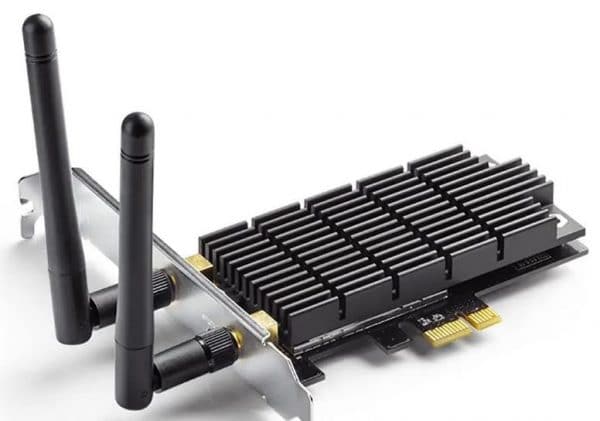
PCIe connects various high-speed devices, also known as expansion cards. Depending upon the bandwidth requirement of the expansion card, you use different slot sizes.
Here are some of the expansion cards that get attached to PCIe slots
- Graphics Cards: Very popular among gamers, professionals, and enthusiasts and also the most demanding. Uses 16 lanes ideally.
- Sound Cards Most motherboards come with built-in sound card, but dedicated sound cards are excellent for audiophiles. These require a single lane.
- Network Card: These can add Ethernet, WiFi, and Bluetooth functionality
- SSD Expansion: If you want to add more PCIe NVMe SSD, you can get an SSD Expansion card. Each NVMe SSD requires 4 x PCIe lanes to perform optimally.
- Port Expansion: For adding more SATA or USB ports
- Video Capture Cards: These cards capture raw video data and turn it into digital data that can be edited.
- TV Tuner Card: For turning your PC into a TV
Also Read: 10 Things That Can Be Plugged in PCIe Slots
Final Words
PCIe is clearly the winner here by a long shot in terms of which is faster. However, as mentioned earlier, PCIe and SATA serve different purposes.
The devices that attach to these interfaces are also different and not cross-compatible. Therefore, the question, which is faster, PCIe or SATA, is irrelevant since a particular device does not give you a choice to install it in either PCIe or SATA slot.
Another important point is that every device has a data rate limit due to its mechanical or electronic design.
For instance, if a hard disk is designed to achieve a max transfer speed of 200 MB/s due to its mechanical design, it will not benefit if you were to install it on a PCIe slot somehow.
Frequently Asked Questions
1. What are the key differences between SATA and PCIe?
SATA and PCIe are two different types of interfaces used in computer systems to transfer data between components.
SATA is primarily used to connect storage devices like hard drives and solid-state drives, while PCIe is used to connect a variety of components, including graphics cards, sound cards, and networking cards.
PCIe is faster than SATA and has a higher bandwidth, which means it can transfer more data at once.
SATA is typically used for storage devices, while PCIe is used for components that require higher performance.
2. What is the maximum speed of SATA and PCIe?
The maximum speed of SATA III is 6 Gbps, while PCIe 3.0 x16 can provide up to 16 GBps of bandwidth. This means that PCIe is significantly faster than SATA when it comes to transferring data.
3. Can I replace SATA with PCIe?
It is not possible to directly replace a SATA connection with a PCIe connection. However, it is possible to use a PCIe adapter card to connect a SATA drive to a PCIe slot. These adapter cards are widely available and can be a cost-effective solution for upgrading older systems.
4. Which is better for gaming – SATA or PCIe?
When it comes to gaming, PCIe is the better choice as it offers faster read and write speeds, which can result in faster load times and better overall performance. SATA SSDs can still provide good performance, but if you want the best gaming experience, you should consider a PCIe SSD.
